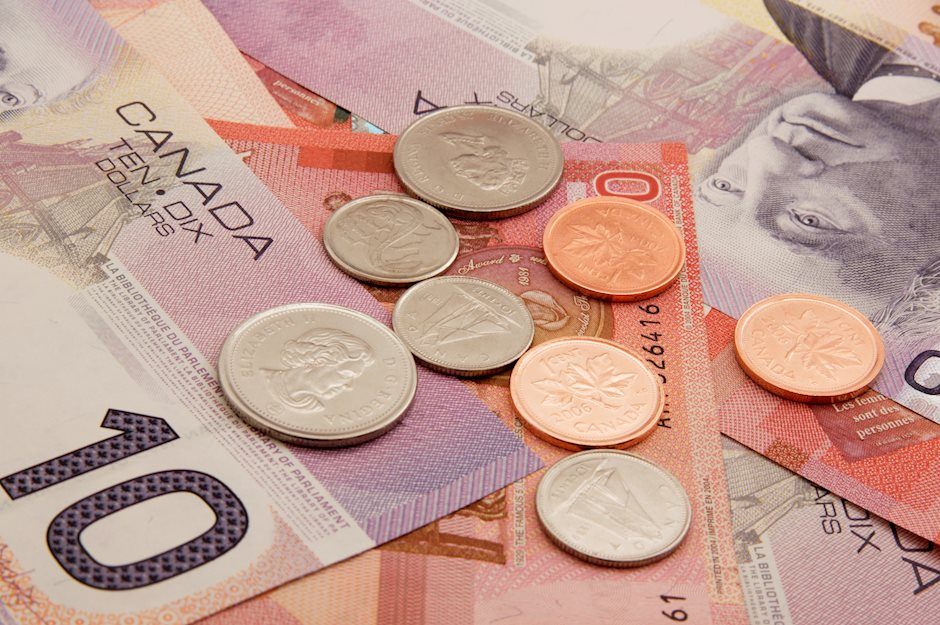USD/CAD conquers 1.4000 on Trump’s clean sweep
- USD/CAD climbs above 1.4000 as Donald Trump would be able to implement policies smoothly.
- Trump’s policies would force the Fed to slow down its rate-cut cycle.
- The BoC is expected to cut interest rates again by 50 bps.

The USD/CAD pair visits the psychological figure of 1.4000 in Thursday’s European session for the first time in more than four years. The Loonie asset strengthens as the US Dollar (USD) extends its rally on firm expectations that President-elected Donald Trump will be able to implement trade and fiscal policies smoothly. The US Dollar Index (DXY), which tracks the Greenback’s value against six major currencies, posts a fresh annual high near 107.00.
Trump vowed in his election campaign that he would raise import tariffs and reduce taxes on corporations and workers, a scenario that will boost economic growth and inflationary pressures. An acceleration in price pressures would limit the Federal Reserve’s (Fed) potential for following an aggressive interest rate cut approach.
Market experts believe that the Fed could pause its policy-easing cycle at the start of the next year. For the December meeting, traders see a 79% chance that the Fed will cut interest rates by 25 basis points (bps) to 4.25%-4.50%, according to the CME FedWatch tool.
For fresh interest rate cues, investors will pay close attention to Fed Chair Jerome Powell’s speech, which is scheduled at 20:00 GMT.
Domestically, the Canadian Dollar (CAD) is also going through a rough time as investors expect the Bank of Canada (BoC) to cut interest rates again by 50 basis points (bps) to 3.25%. This will be the first interest rate cut and the second of a larger-than-usual size in a row.
Canadian Dollar FAQs
The key factors driving the Canadian Dollar (CAD) are the level of interest rates set by the Bank of Canada (BoC), the price of Oil, Canada’s largest export, the health of its economy, inflation and the Trade Balance, which is the difference between the value of Canada’s exports versus its imports. Other factors include market sentiment – whether investors are taking on more risky assets (risk-on) or seeking safe-havens (risk-off) – with risk-on being CAD-positive. As its largest trading partner, the health of the US economy is also a key factor influencing the Canadian Dollar.
The Bank of Canada (BoC) has a significant influence on the Canadian Dollar by setting the level of interest rates that banks can lend to one another. This influences the level of interest rates for everyone. The main goal of the BoC is to maintain inflation at 1-3% by adjusting interest rates up or down. Relatively higher interest rates tend to be positive for the CAD. The Bank of Canada can also use quantitative easing and tightening to influence credit conditions, with the former CAD-negative and the latter CAD-positive.
The price of Oil is a key factor impacting the value of the Canadian Dollar. Petroleum is Canada’s biggest export, so Oil price tends to have an immediate impact on the CAD value. Generally, if Oil price rises CAD also goes up, as aggregate demand for the currency increases. The opposite is the case if the price of Oil falls. Higher Oil prices also tend to result in a greater likelihood of a positive Trade Balance, which is also supportive of the CAD.
While inflation had always traditionally been thought of as a negative factor for a currency since it lowers the value of money, the opposite has actually been the case in modern times with the relaxation of cross-border capital controls. Higher inflation tends to lead central banks to put up interest rates which attracts more capital inflows from global investors seeking a lucrative place to keep their money. This increases demand for the local currency, which in Canada’s case is the Canadian Dollar.
Macroeconomic data releases gauge the health of the economy and can have an impact on the Canadian Dollar. Indicators such as GDP, Manufacturing and Services PMIs, employment, and consumer sentiment surveys can all influence the direction of the CAD. A strong economy is good for the Canadian Dollar. Not only does it attract more foreign investment but it may encourage the Bank of Canada to put up interest rates, leading to a stronger currency. If economic data is weak, however, the CAD is likely to fall.
Author

Sagar Dua
FXStreet
Sagar Dua is associated with the financial markets from his college days. Along with pursuing post-graduation in Commerce in 2014, he started his markets training with chart analysis.

















